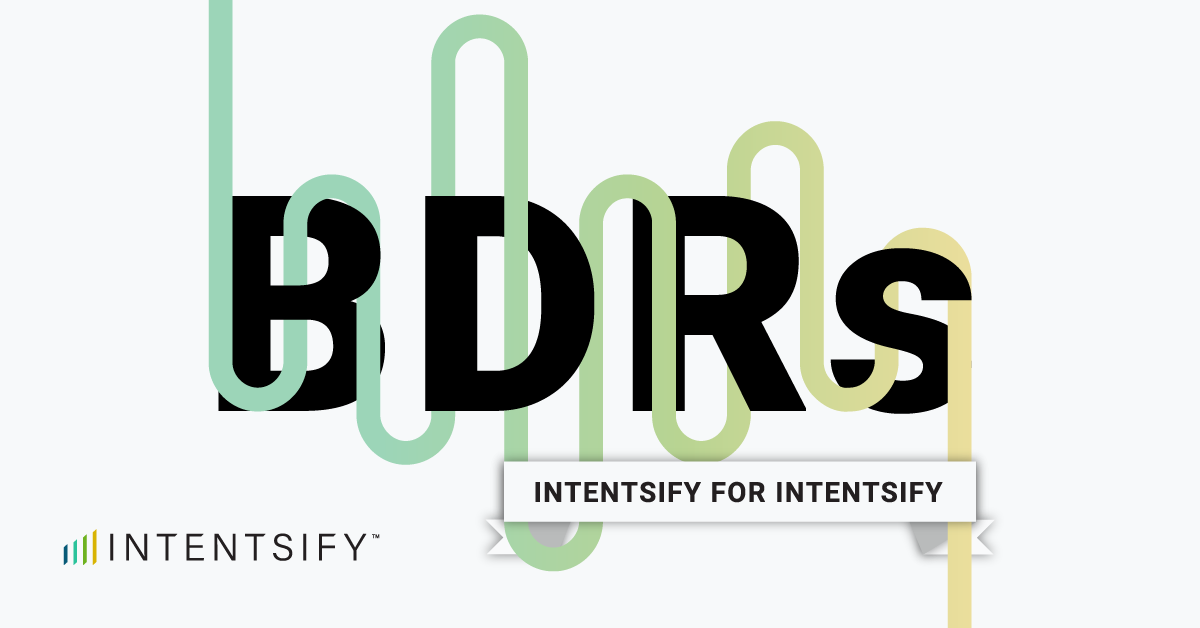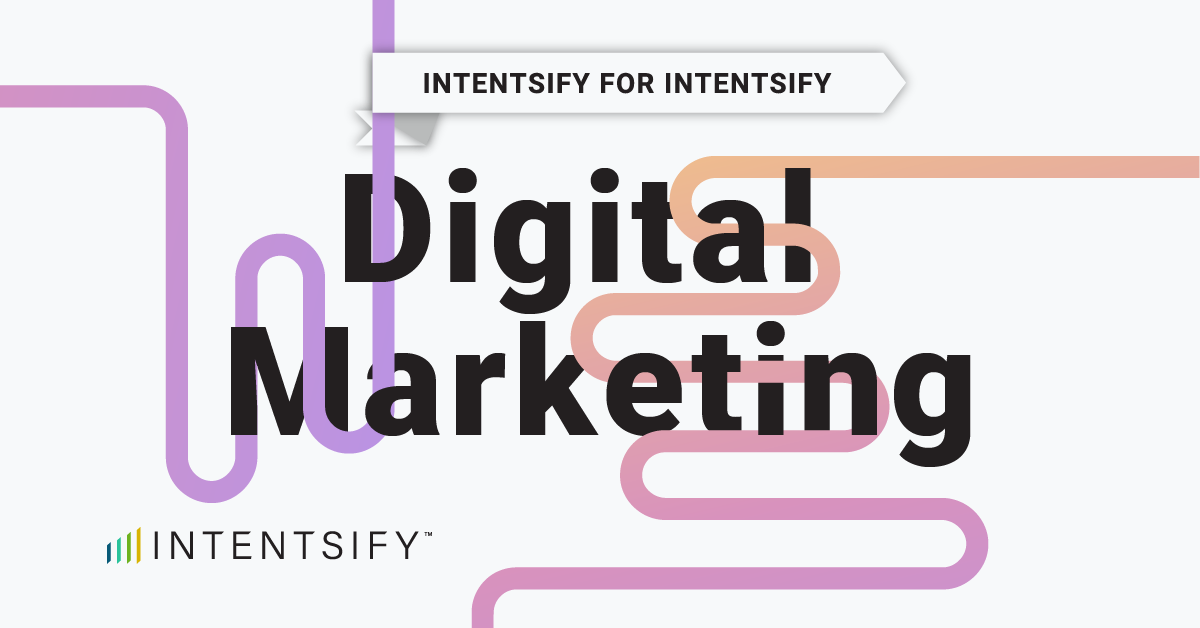Business Development Representatives (BDRs) drive business growth through strategic sales prospecting. Their role involves identifying and engaging potential customers to convert them into leads.
As part of this role, BDRs use advanced tools such as sales engagement platforms, email tracking and automation, lead generation and prospecting, and intent data and analytics software. This helps them engage with potential customers more efficiently and increase their conversion rates.
In this article, we will cover some of the ways in which the internal Intentsify team uses the Intentsify platform. We’ll also outline three key strategies that BDRs can use the platform to improve their sales prospecting.
Strategy 1 – Utilize Intent Data for Targeted Outreach
Intent data, which indicates customers’ interest in potential products or services, guides BDRs to leads that are ready to engage. This eliminates guesswork and ensures BDRs spend their time targeting prospects with the right messages at the right time during their buying journey.
Specialized tools can help BDRs to utilize intent data for targeted outreach. For instance, Intentsify’s Dynamic1 ranking uses artificial intelligence to help BDRs identify and focus on the most promising accounts and leads. Intentsify also provides information about potential buyers’ research stages, topics they’re interested in, and the locations the buying signals are coming from.
Evaluating a prospect’s content-consumption activities in this way can help BDRs to alter their outreach materials and prioritize their efforts accordingly. It also helps them to optimize their outreach strategies during sales prospecting.
Between February and March, Steven Chavez, Vice President of Business Development at Intentsify, reported a 13% increase in call pickups, and a 44% increase in scheduled meetings with prospective customers as a result of using an outreach strategy that was guided by insights from intent data.
Strategy 2 – Create Personalized, Context-Rich Messages Over Generic Outreach
Online, people’s time and patience is extremely limited. They have learned to spot cookie-cutter messages from a mile off, and they can immediately tune them out. Even the most carefully crafted message will fall flat if it is sent to a customer at the wrong buying stage.
When it comes to successful sales prospecting, crafting personalized, context-rich messages and sending them to the right people at the right time is essential. To target prospective customers most effectively, BDRs must tailor their outreach carefully based on the customer’s buying stage.
The four key buying stages that customers typically fall into include:
1. Awareness, when the prospect becomes aware of a problem or missing opportunity. At this stage, they may be interested in reading thought leadership articles, or analyst reports
2. Interest, when the company shows it has the right solution. At this stage, they may be interested in reading self-guided demos, or whitepapers.
3. Consideration, when the company demonstrates that it knows how to solve the prospect’s challenges. At this stage, they may be interested in being shown social proof points, or watching videos and webinars.
4. Decision, when the prospect becomes confident in partnering with the company. At this stage, they may be interested in reading case studies, or reading customer reviews.
Getting the message right at each of these stages is crucial. “We know that about 70% of the buyer journey is happening before a potential customer chats with a vendor,” Meghan Crook Brisson, Senior Content Marketing Manager at Intentsify explains in our recent eBook.
Gaining an insight into a prospect’s research behavior means BDRs can quickly identify the buying stage and the key topics of interest. This helps them to tailor their messages accordingly, and improve conversion rates.
Strategy 3 – Continuous Improvement and Adaptation
Before targeting prospective customers and reaching out, it’s crucial to have clearly defined success metrics. These metrics will help BDRs to monitor the effectiveness of their strategies so they can determine what’s working, and what they need to improve. Examples of potential metrics to track include open rates, meetings scheduled, conversion rates, and the amount of revenue generated.
Tracking these metrics can help organizations to establish a feedback loop where BDRs schedule regular meetings and structured feedback sessions to share their insights and learn from one another. This can provide deeper insights on how exactly prospects move through the conversion funnel after outreach, and can help BDRs to determine which strategies work best for different categories of prospects. This contributes to professional development, and can dramatically boost conversion rates over the long term.
If you’re a BDR seeking more insights on how to use intent data to improve outreach, increase personalization, and adapt to continuous changes, Intentsify offers valuable support and resources.






